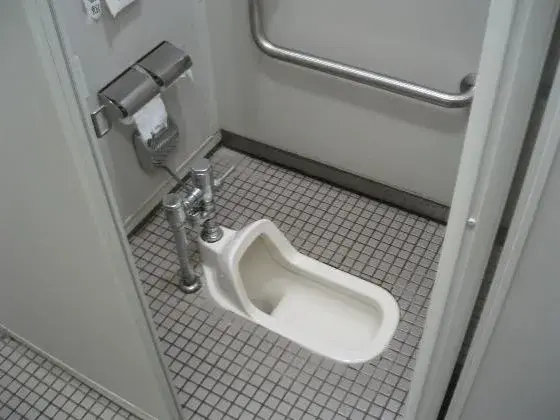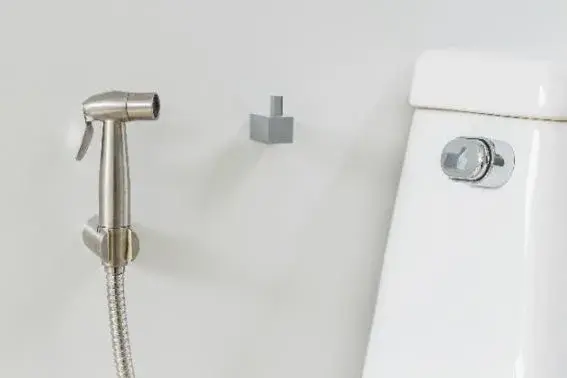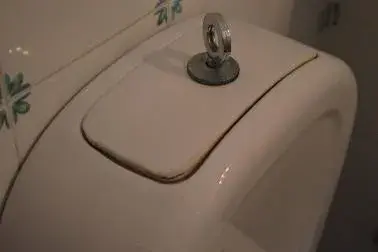Who cares about toilets? Most of us take it for granted, we go to it every day and we even spend 1 to 3 years of our lives on it, maybe reading a magazine, scrolling through social media or coming up with the best idea of our life.
But for a third of the world's population, going to the toilet isn’t so obvious at all; they have no access to a sanitary facility. Due to this, water is polluted and public health and safety is at risk. Toilets can save lives, that is why today, on November 19, we pay attention to World Toilet Day.
Thank your toilet!
If you are a lucky person with your own toilet, there are several reasons to give it a thank you. It keeps our waste out of our water and food chain and it protects our health, safety and dignity. Not least, access to the toilet is very important for women during their menstruation and pregnancy.
But even though we all need the toilet for the same reasons, a visit to it can look very different around the world. Today is the perfect day to boost your toilet knowledge. Below we take you on a tour to 4 different types of toilets.
1. The examiner
In Germany, Austria and the Netherlands a lot of toilets have a kind of plateau in them, that collects the leavings beneath the user’s posterior. It is designed in this way to allow the examination of stool, for example for nutritional and health checks, before it is flushed away.


2. Squat time
On this toilet it is not very likely that you will sit down and quietly scroll through your phone. In fact, on a squat toilet you train your leg muscles. These toilets can be found in a lot of Asian countries, but also Africa, South America and France. It may sound uncomfortable to some, but did you know that studies have shown that it is more hygienic and healthier? This is because of the more natural position and the fact that you are not in direct contact with the toilet.
3. Water please!
In United Arab Emirates, the Middle East, as well as countries like India, people prefer water to toilet paper to clean themselves with after going to the toilet. Sometimes there is a small tap with a water hose next to the toilet or there is a large container with a jug. In Latin America and parts of Europe you will find a second porcelain bowl with a tap next to the toilet; the bidet. In more modern toilets you will even find a built-in faucet.


4. Totally high tech
Nowhere is toilet culture more highly developed and high tech than in Japan. According to the Japanese government, more than 53 percent of private households in Japan are equipped with luxury features.
Luxury features
For example odor extraction systems, hot air blowers, heated seats, massage functions, adjustable water jets, automatic lid openers, automatic flushes, remote-controlled elements, heaters, air conditioning, etc. that are integrated into the toilet or into the toilet seat. If you can't read the Japanese characters on the control buttons, don't be surprised by a water jet from the bottom left or a hot blow dryer from the bottom right.
Flush puzzle
Do I sit down or do I squat? Do I use water to clean myself, or do I use toilet paper? And in the latter case: can I flush it, or does that cause a blockage and do I have to use the waste garbage can?
But always remember that at least you have access to a toilet and that you should be very happy with that.

